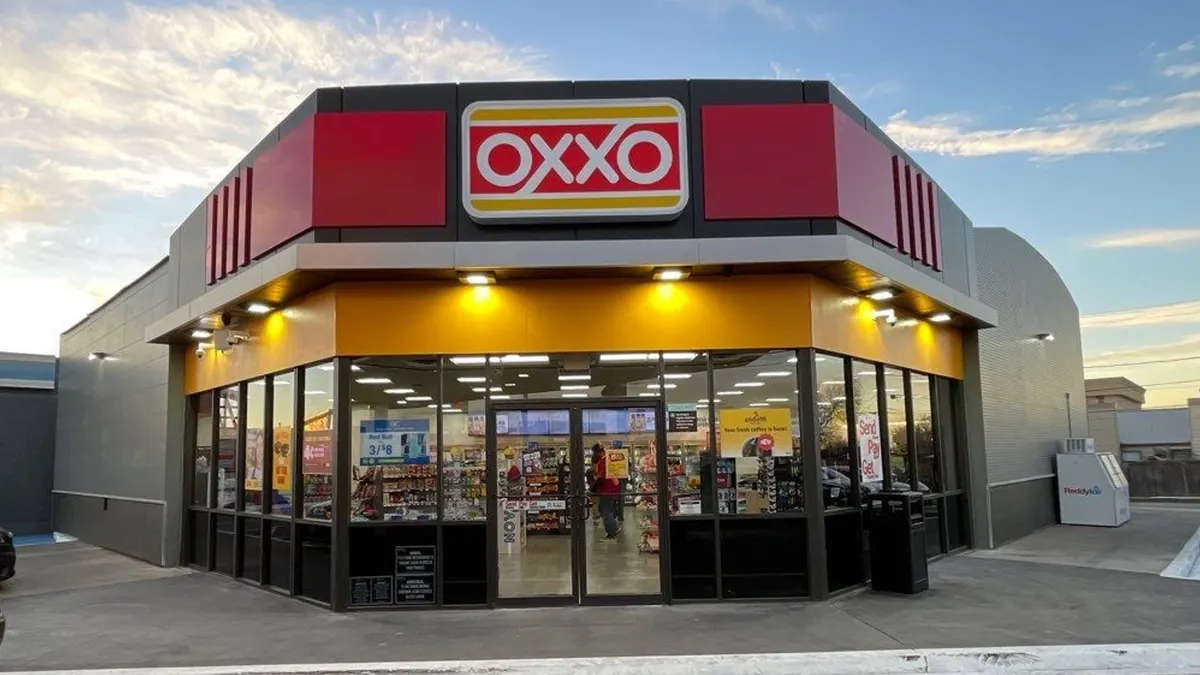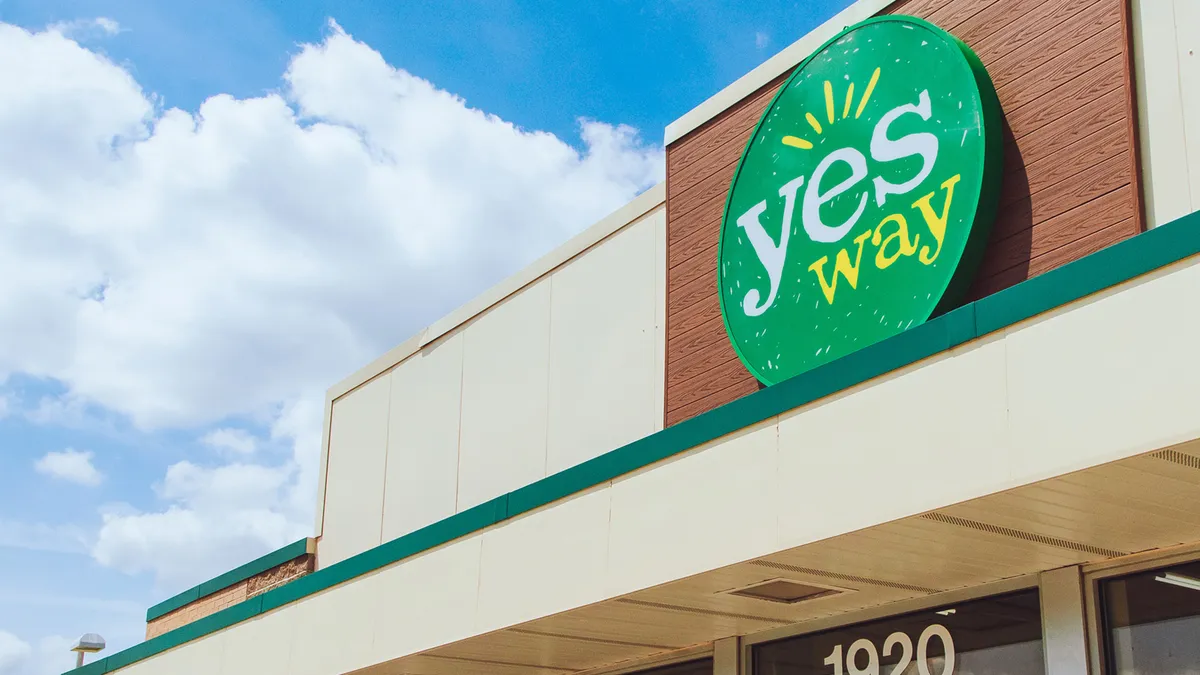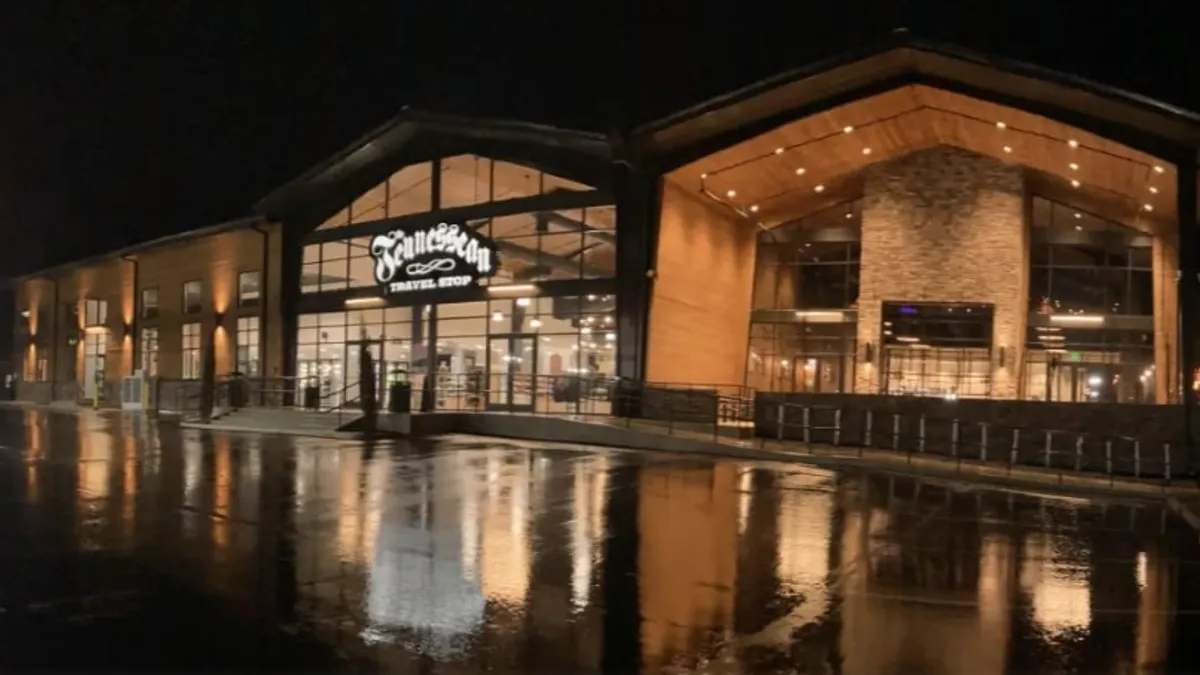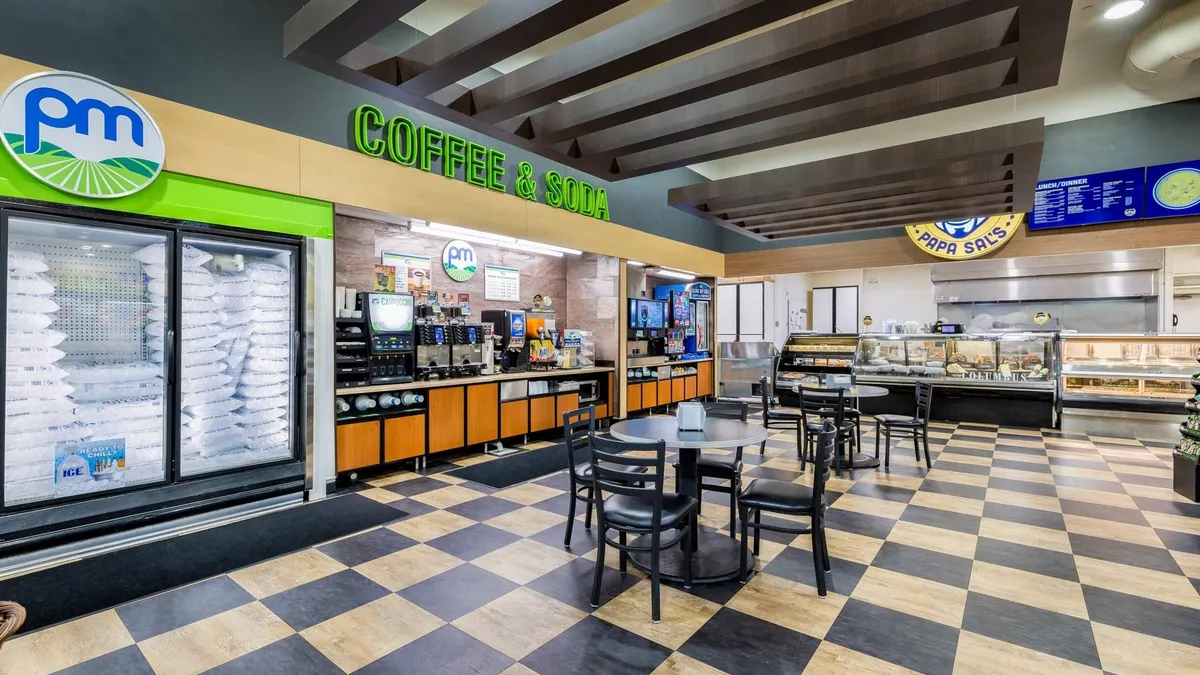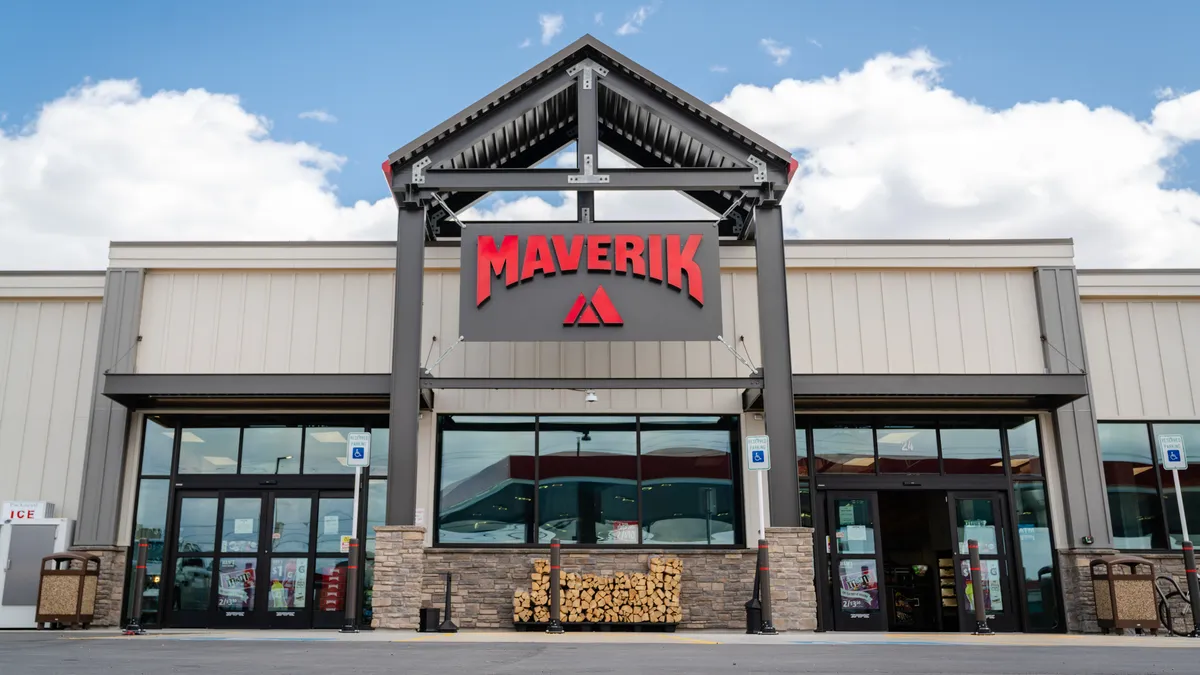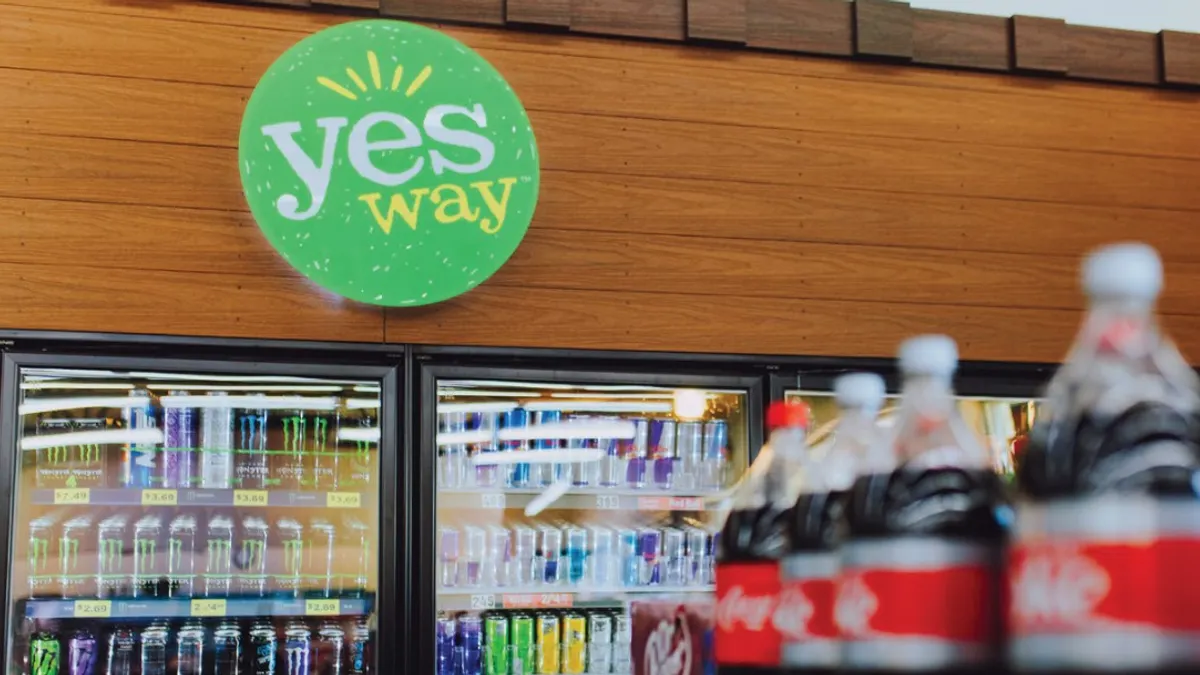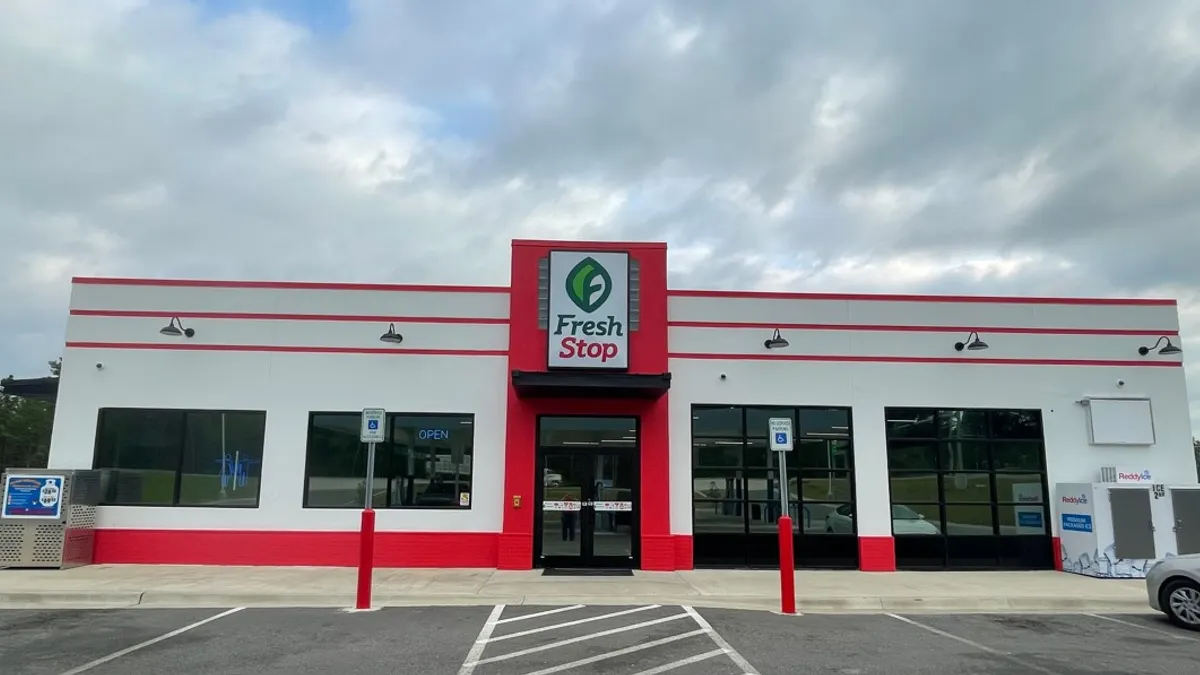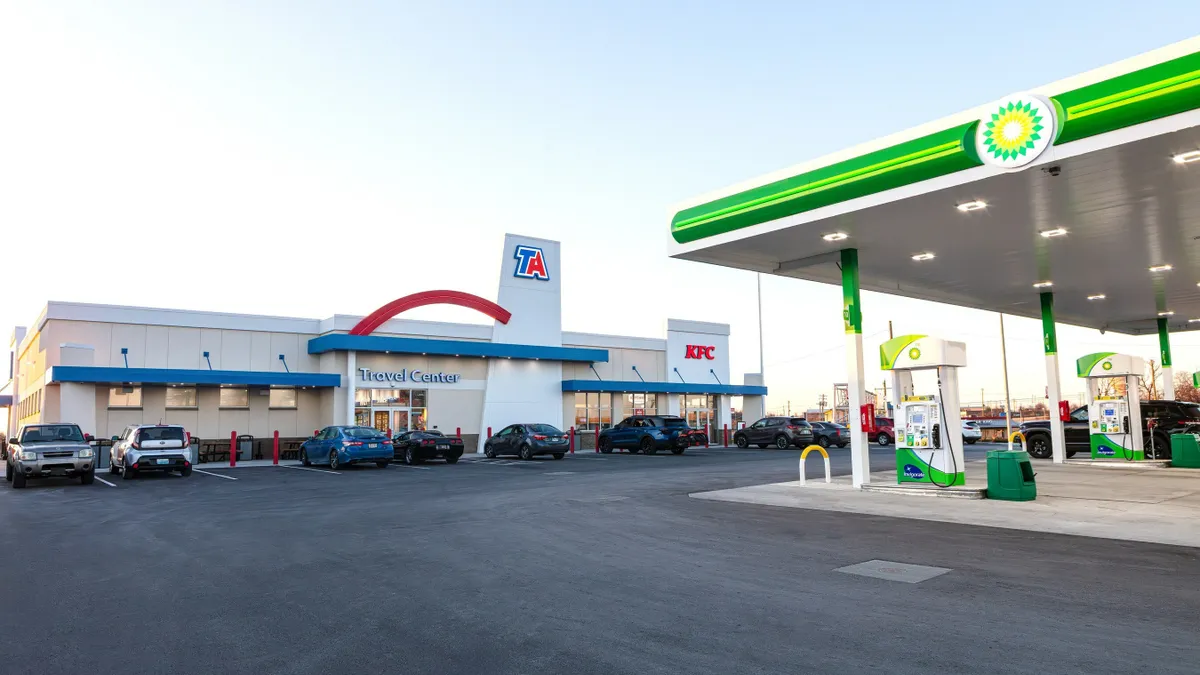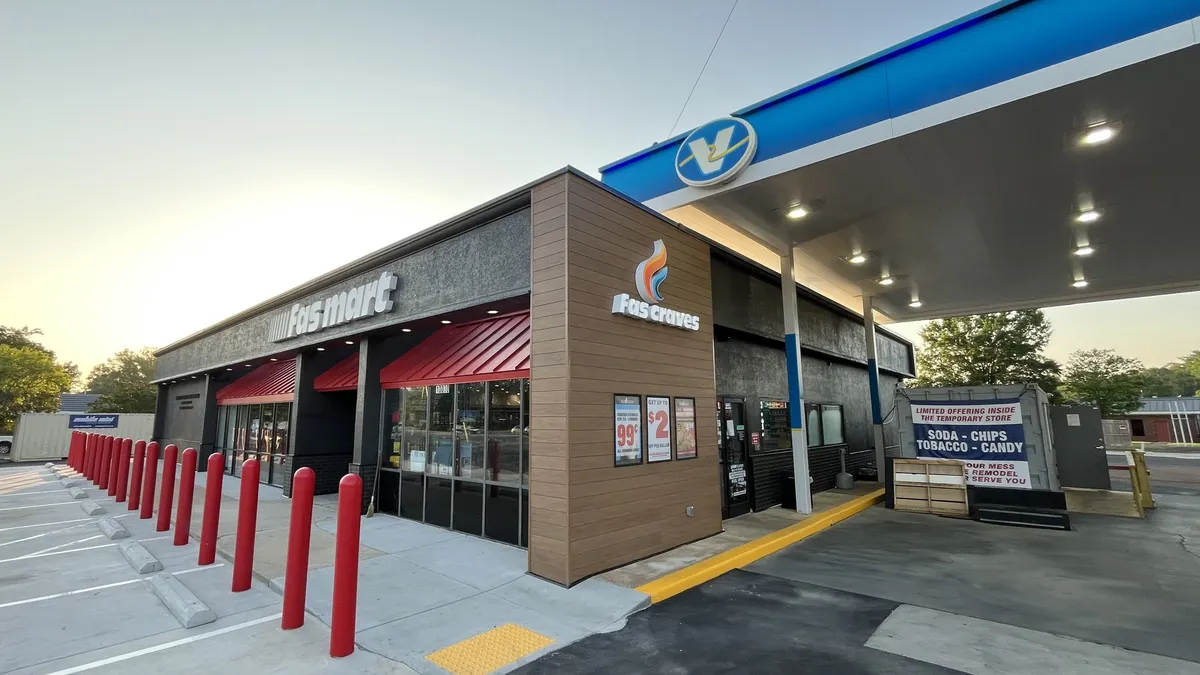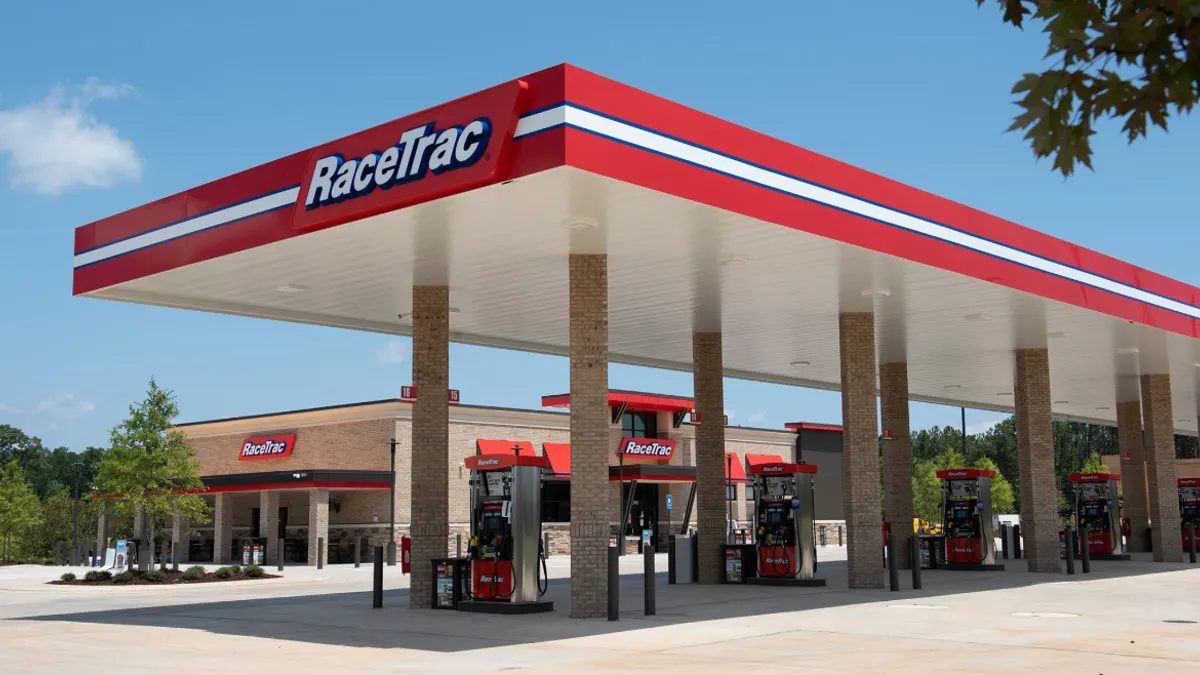Mexican convenience store giant Oxxo commenced its long-awaited arrival in the U.S. 12 months ago when it closed its $385 million acquisition of Delek US Holdings’ 249 locations across the Southwest.
Oxxo, which has over 20,000 c-stores across Mexico and South America, went from zero to hundreds of U.S. c-stores basically overnight. Its top leaders at the time emphasized a slow-and-steady approach to its expansion that would allow the company to understand the U.S consumer and lay the groundwork to become relevant in its new market.
That adjustment period didn’t last long, as Oxxo began rebranding Delek’s former c-stores in West Texas to its own banner this past February. By the end of April, it had converted 15 of those locations, and it hit 40 rebrands at the end of July.
The 50th was officially completed earlier this month, when Oxxo’s leadership announced it was set to begin rebrands in El Paso — which, at 77 stores, is one of its largest markets. By 2028, Oxxo expects to have rebranded all 249 stores, said Hal Adams, managing director of Oxxo USA.
Adams, the former CEO of popular Tennessee-based c-store retailer MAPCO, said he became Oxxo’s first U.S. employee about two years ago. He helped the retailer’s parent company, FEMSA, acquire Delek, and has since focused on building Oxxo’s strategy in the U.S.
But even as its rebranding and expansion efforts take shape, Adams said Oxxo still considers itself in its “test and learn phase” while it adapts to the U.S.
“We want to make sure we get it right when we get into El Paso [to] get started off with a bang,” Adams said.
Loyalty inside the store
Until this month, Oxxo had a temporary services agreement with Delek, in which the latter would provide Oxxo’s accounting, human resources and back-office support in the U.S. Oxxo took advantage of this while it built out its team. What began as a group of one has grown to about 50 U.S. corporate employees, Adams said.
Although that agreement has ceased and Oxxo now has its own back-office staff, the retailer is still relying on Delek for a few things, notably its rewards platform, Adams said.
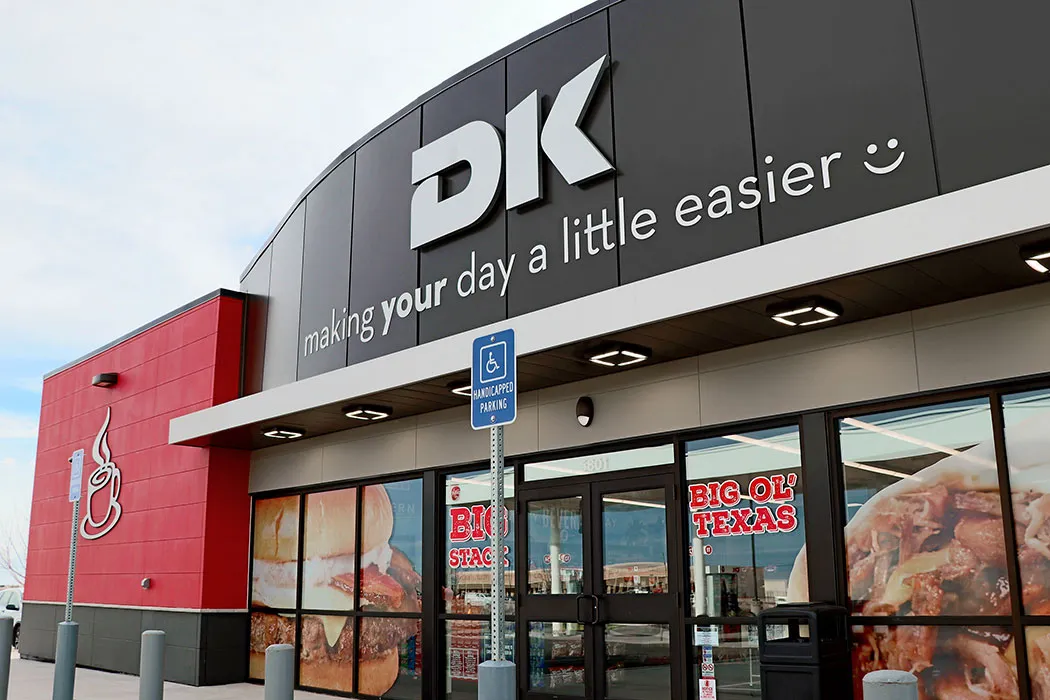
Oxxo USA is using Delek’s fuel-focused loyalty program — which has over 40,000 members — as it works to transition the platform to become more focused on the c-store. The loyalty platform is currently operated by c-store tech company PAR Retail, and Oxxo uses PAR’s white-label mobile app alongside the program. But Oxxo’s plan is to “move to a much higher functioning app” down the line that may be able to combine its stores in Mexico and the U.S., Adams said.
“To date, we're moving in the direction of just maximizing the value of the program that we inherited,” he said.
Adams emphasized that Oxxo eventually wants its customers to focus more on its in-store offerings than its forecourt. Although 248 of the 249 locations offer fuel and must continue to do so through a long-term contract with Delek, Oxxo can decide the type and format of future locations, he said.
“We're transforming that loyalty program to be just as powerful inside the store as it is on fuel, and that way, we can make our customers more sticky to our brand on the inside of the business, which is really what our expertise is,” Adams said.
Rebrands and new market growth
With a leadership team and early stage loyalty program under its belt, Oxxo is moving forward with its U.S. expansion. The retailer expects to convert seven of its 77 stores in El Paso by the end of 2025 and 35 more in 2026 before completing work in that city in 2027. This comes after Oxxo spent the past several months rebranding 50 stores across Midland, Odessa and Lubbock.
“El Paso is definitely a market that the consumer has high expectations for because of the affinity from being right over the border,” Adams said.
Other Texas markets that will soon undergo rebrands include Abilene and Wichita Falls, Adams said. And although the Lone Star State is by far Oxxo’s largest U.S. market, some sites are also scattered across New Mexico and Arkansas.
Adams could not offer a firm timeline for when those states will receive their first Oxxo stores, repeating instead the vision that all locations will be rebranded by 2028 — or potentially sooner.
“Those are just our plans today,” he said. “But if we have the success, or we overdeliver the success that we're planning, then we free up the capital to do more faster.”
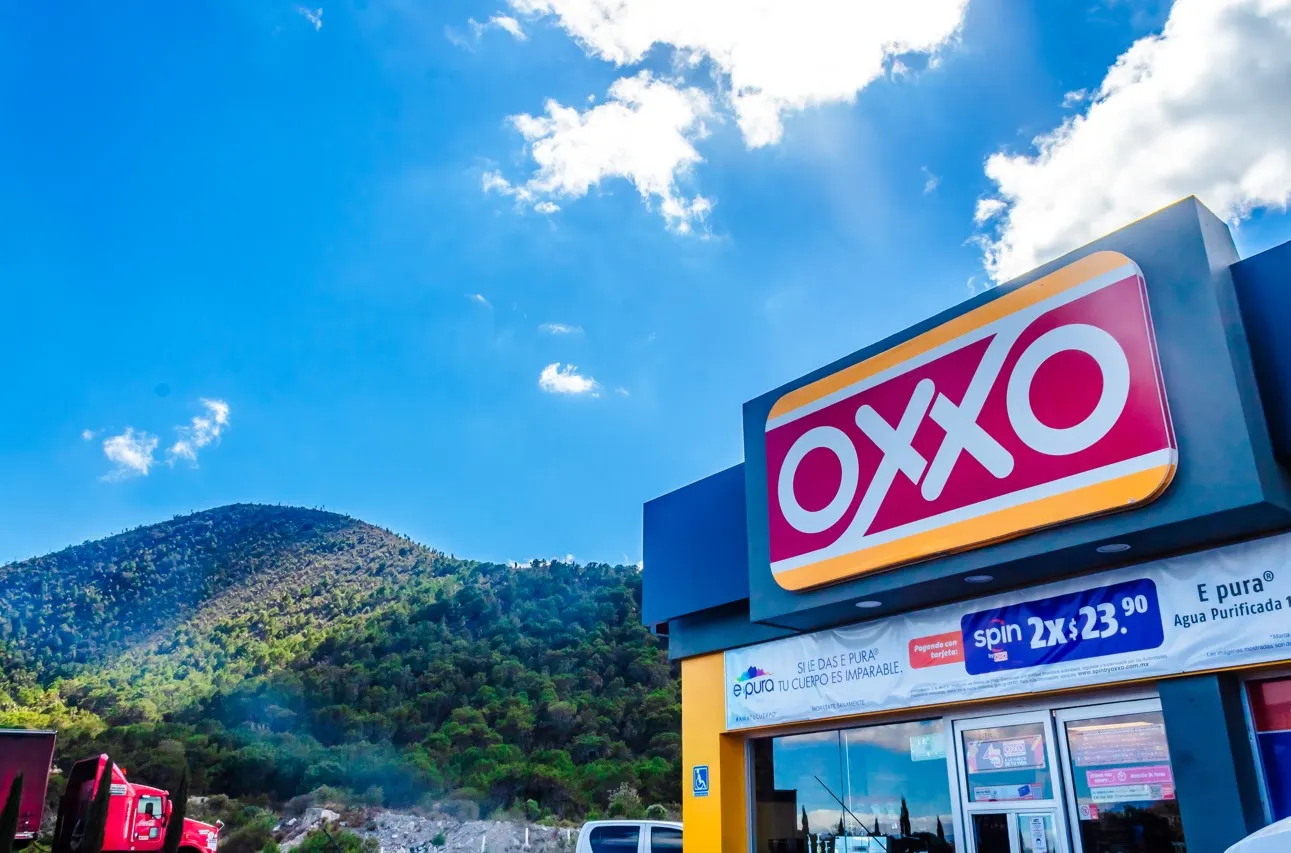
This time last year, FEMSA noted it would develop stores with its “need-state model,” which takes traffic patterns and consumer behaviors into account when considering what the merchandise assortment will be, how the aisles are laid out and what the site’s overall value proposition will be.
Adams reiterated that message, noting that this strategy is playing a significant role in the U.S. rebrands. He said that Oxxo has three types of stores that offer different products and appeal to different customers: grocery-focused neighborhood stores; highway locations; and urban sites.
“By segmenting … stores into those three segments, we can change the assortment, we can change the pricing strategy, and that is a different way of going to business than the typical channel goes to business in,” he said. “These are the things we're learning from.”
“We didn't come to the U.S. to operate 249 stores. Our ambition is to be a relevant player in the market in North America.”

Hal Adams
Managing director, Oxxo USA
The food offered at these store segments also varies, with each offering one or more of FEMSA’s food brands, Adams said. All locations feature the Andatti coffee program, yet only some include Mexican QSR Doña Tota, while others are expected to soon include Ditsch pretzel sandwiches and products through a new Ditsch Cafe concept, Adams added.
“We start slow, and we'll get better and better and better as we iterate those processes in the U.S. and start to mine the data that we have,” Adams said.
Widespread Oxxo rollout
Oxxo has its work cut out for it over the next couple of years with these rebrands. But the company already has its sights set on what comes afterwards.
Adams reiterated what Oxxo’s leadership said around this time last year — that the retailer eventually aims to establish a foothold from the Southwest all the way to the Southeast, up to the Carolinas and Virginia. He added that Oxxo has a “growth program planned for the next several years,” which, besides its current rebrands, includes building new-to-industry stores and making tuck-in acquisitions and “opportunistic mid-size acquisitions as they pop up.”
“We didn't come to the U.S. to operate 249 stores,” Adams said. “Our ambition is to be a relevant player in the market in North America.”


